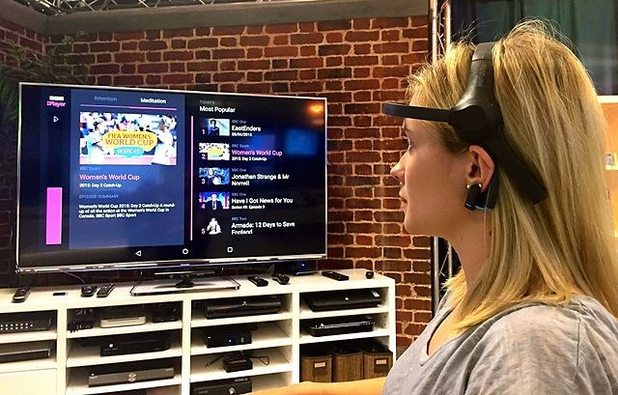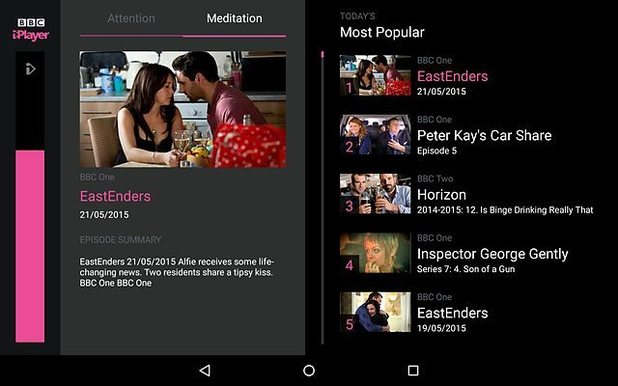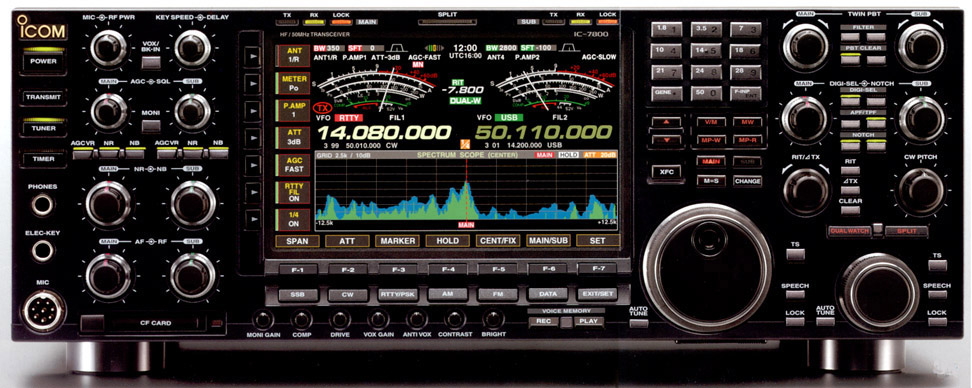The picture appears on the title page of the 1598 volume ‘The Herball or Generall Historie of Plantes’ by the horticulturist John Gerard. Apparently, Griffiths was able to decode a Latin cipher “of the kind loved by the Elizabethan aristocracy†which then revealed the identity of the man in the picture as William Shakespeare.
If he is correct, then this picture is the only demonstrably authentic portrait of the famous playwright that exists from his lifetime. But remember, I said ‘if’ â€" Mr. Griffiths is by no means the first person to make such a sensational ‘discovery’.
It is a spectacular claim for sure, but one that is fast gaining currency in the international news media. The only accepted images of The Bard are the famous picture from the cover of Shakespeare’s First Folio and the effigy on his monument in Stratford-Upon-Avon, both of which were created some time after his death.
Griffiths, who is presently writing a book about Gerard, came across the picture whilst browsing a first edition copy of ‘The Herball’. The image appears to have been created by William Rogers, the first English engraver and a man of much renown in his own right. Copperplate engravings, such as the ones he made of Queen Elizabeth I, are key pieces of historical evidence for the study of England in Tudor times.
Rogers’ title page shows four male figures surrounded by flowers and symbols, so Griffiths decided to try and discern the identities of the four men.
One of the men is apparently Gerard himself, whilst the second image appears to depict the Flemish botanist Rembert Dodoens. The third man is assumed to be Lord Burghley, who was an adviser to the Queen and a patron of the book’s author. The three aforementioned men could be readily identified using existing portraits from the period. However, the identity of the fourth figure, clad in classical Roman garb, wearing a laurel wreath and holding a both an ear of sweetcorn and a fritillary flower, eluded him.

Griffiths began to read up on the sort of codes, ciphers and hidden messages frequently used in Tudor times and, from his research, he concluded that the identity of the fourth man had to be Shakespeare himself.
For Griffiths, there can be no doubt at all that this is the definitive image of William Shakespeare, “For me, it is not about doubt or supposition. I’m faced with a series of facts that I can’t gainsay, as much as I try. This is what these facts are, these are what the plants are, this is what they signify, this is what the symbol decodes as. All of that adds up to Shakespeare. I can’t make that â€" and believe me I’ve tried â€" add up to anybody else but Shakespeare.â€
However, some of the ‘clues’ unearthed by Griffiths do seem to be somewhat strange, to say the least. For example, the image around the fourth man shows an arrowhead with an ‘E’ stuck to it, alongside a figure four. For Griffiths, this equates to the Latin word Quater, which was (apparently) a slang term for the number 4 in games of chance. Add the ‘E’ on the end of the word and it becomes quatere, which is the infinitive of the Latin verb quatior, meaning ‘ to shake’. Accordingly, Griffiths believes that the number 4 seen nearby can also be interpreted as a spear. Literally, this means ‘shake spear’.
Another ‘clue’ is the presence of the word ‘Or’. Apparently, Shakespeare’s father was presented with a golden coat of arms around the time that ‘The Herball’ was being written - and the heraldic symbol for gold is ‘Or’.
Elsewhere, he also points out references to various Shakespeare writings, particularly Venus and Adonis, in which a fritillary flower appears. He even goes as far as to suggest that the ear of sweetcorn is a reference to a single line of dialogue from Titus and Andronicus.
So, is it Shakespeare’s picture, or is Griffiths simply getting carried away looking for clues as to the identity of a so-far-unknown man who lived 400 years ago? Opinion is so far divided and, given the age of the text and the many-fold interpretations offered by the image, it seems doubtful that anybody will be able to either conclusively prove, or disprove, Griffith’s theory.
Professor Michael Dobson, Director of The Shakespeare Institute at the University of Birmingham said that, “I can’t imagine any reason why Shakespeare would be in a botany textbook. It’s a lovely picture. Everybody is very fond of it. But that doesn’t mean that he had anything to do with it apart from the fact that he read it. (...) It’s a man in a toga, holding a little bit of a corn on the cob in one hand and a fritillary in the other.â€
In his defense, Mr. Griffiths has posited that Shakespeare may have been patronized by Burghley and that he could potentially have worked with Gerard on the book, hence his appearance on the cover, but critics of the theory find this hard to swallow, especially due to the lack of any hard historical evidence to back it up.
World-renowned Shakespeare expert Stanley Wells took his disdain to Twitter, saying (slightly flippantly) “So apparently Shakespeare went around in fancy dress holding a fritillary in one hand and a cob of corn in the other.†Of course, the ‘fancy dress’ could be symbolic of the man’s connection to the theatre, but equally, it could be a romanticized portrait of a nature spirit.
As reported by The Guardian, Griffiths hit back at his critics, saying, “What we have here is a series of incontrovertible facts. I dare say people will think: ‘Oh no. It’s not him.’ But there is no other construction that can be placed on these facts. It is not an assumption that he is Shakespeare, it is algebra ... it is an equation.â€
Erm...No it isn’t. It is a series of educated guesses, aided and abetted by what seems to be more than a little wishful thinking.
The image and indeed the story as a whole, may put science fiction fans in mind of the 2007 ‘Doctor Who’ adventure ‘The Shakespeare Code’, in which a young and handsome Shakespeare portrayed by Dean Lennox Kelly (and eerily similar to the man pictured in ‘The Herball’) aids The Doctor and his companion Martha Jones in expelling Carrionite witches from The Globe Theatre. Indeed, Griffiths himself compared the image of a young, good-looking Shakespeare to the appearance of a contemporary film star.
So, when we gaze upon this Elizabethan image, are we looking at the only authentic picture of William Shakespeare? Maybe we are, maybe we aren’t, however the fact that Mr. Griffiths is now claiming to have uncovered a new play by Shakespeare does suggest, that, whether he manages to convince us or not, we’ll be hearing more from him in the future.






